David Bowie: We look back at the life of a Star Man
David Bowie: he was the ultimate chameleon whose life took him from sexual experimenter to loyal husband via cocaine addiction and a retreat from the spotlight. Oh, and he was also a musical genius...
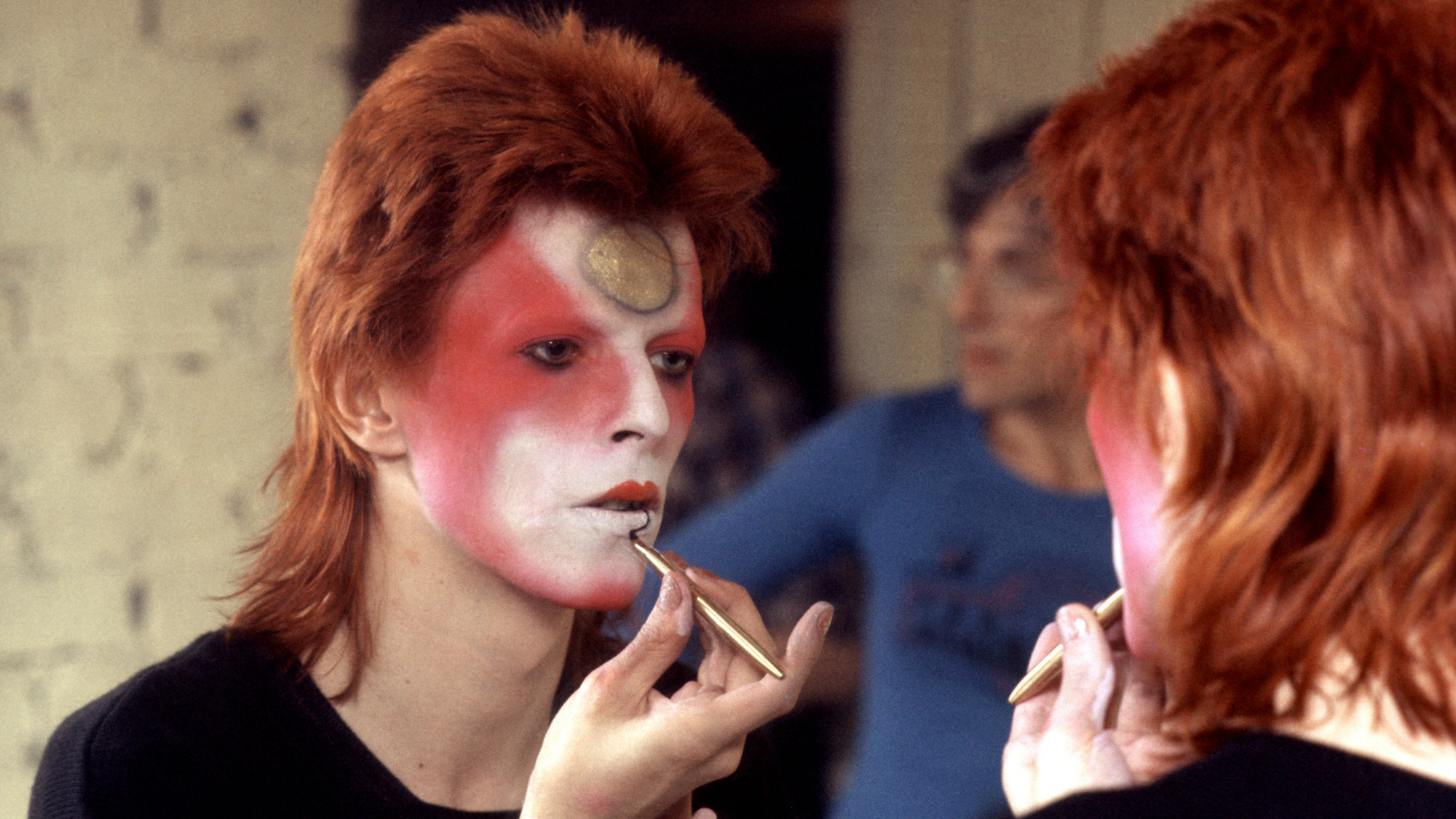
David Bowie died one year ago today. We look back at the ultimate chameleon whose life took him from sexual experimenter to loyal husband and finally, a retreat from the spotlight. Oh, and he was also a musical genius...
It’s 1972 in the Top of the Pops studio and the striking, sexually ambiguous figure on stage has everyone transfixed. With orange coxcomb hair, heavily made-up eyes and a 26 in waist clad in a multi-coloured silk jumpsuit, no-one’s seen anything like him before. As the opening bars of Starman roll across the room, it is clear that the face of pop music has just changed forever.
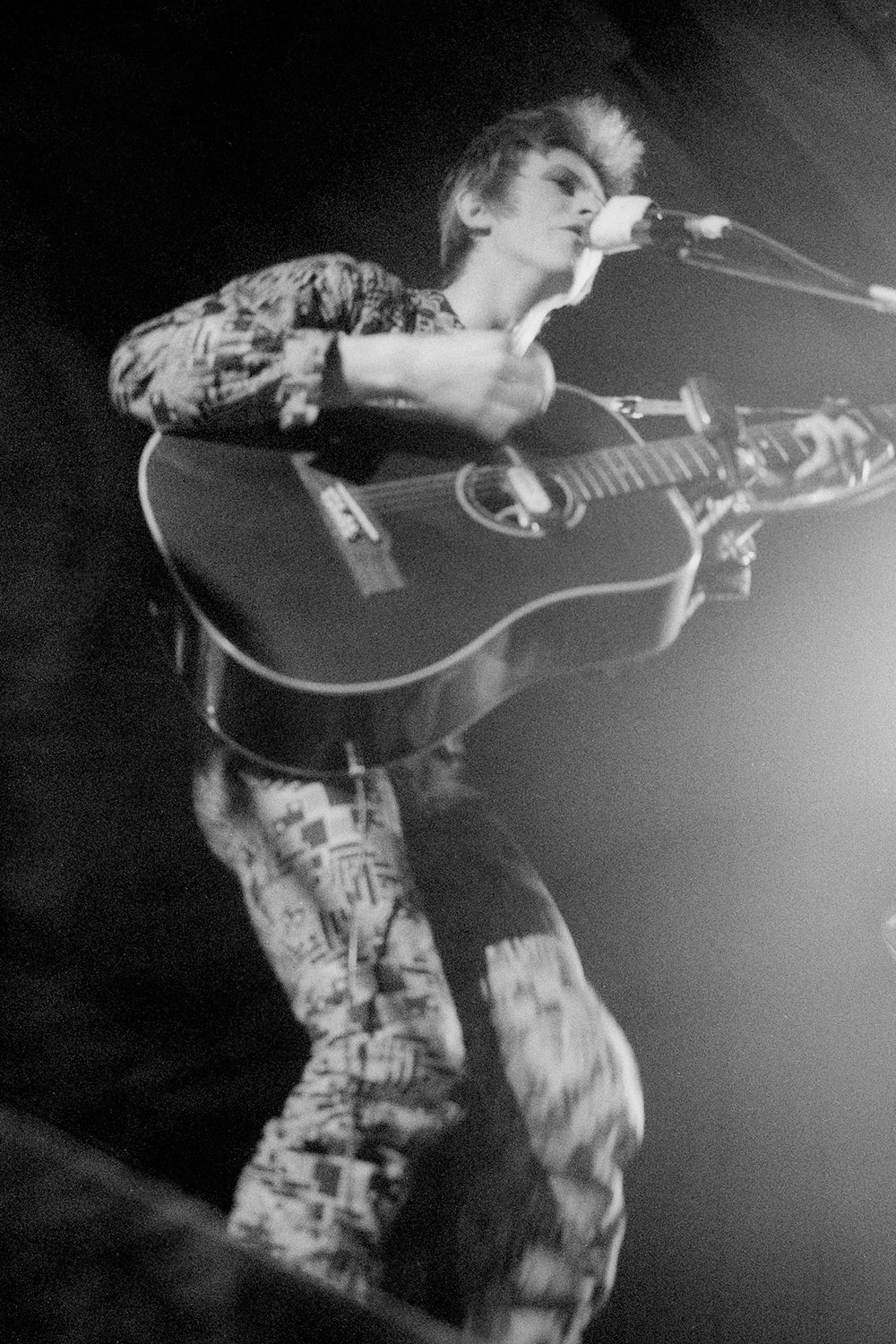
In the four decades since he gave that performance, David Bowie has become the undisputed king of reinvention. From androgynous alien Ziggy Stardust to the 30s-inspired Thin White Duke, Bowie’s capacity for changing character is unparalleled and has taken him from the pinnacle of artistic achievement to the bring of mental collapse. In 1972 he confessed, ‘Sometimes, I don’t feel as if I’m a person at all… I’m just a collection of other people’s ideas.’
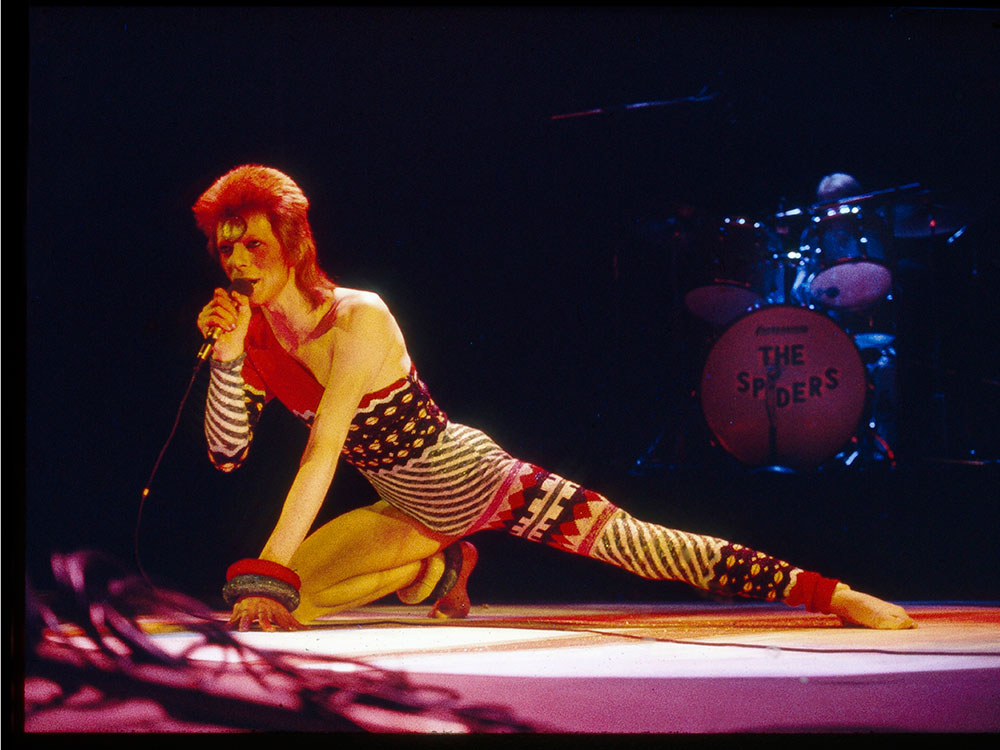
Born in Brixton, London, on 8 January 1947, Bowie was christened David Robert Jones. It was not until the early days of his music career that he would adopt the surname ‘Bowie’ (partly in homage to the inventor of the Bowie knife and partly to avoid being mistaken for Davy Jones of The Monkees). David’s father, John, was a promotions manger for Barnardo’s and his mother, Peggy, a former cinema usher who had a son, Terry, from a pre-war relationship. Nine years older than David, Terry doted on his kid brother and is often credited with inspiring his love of music.
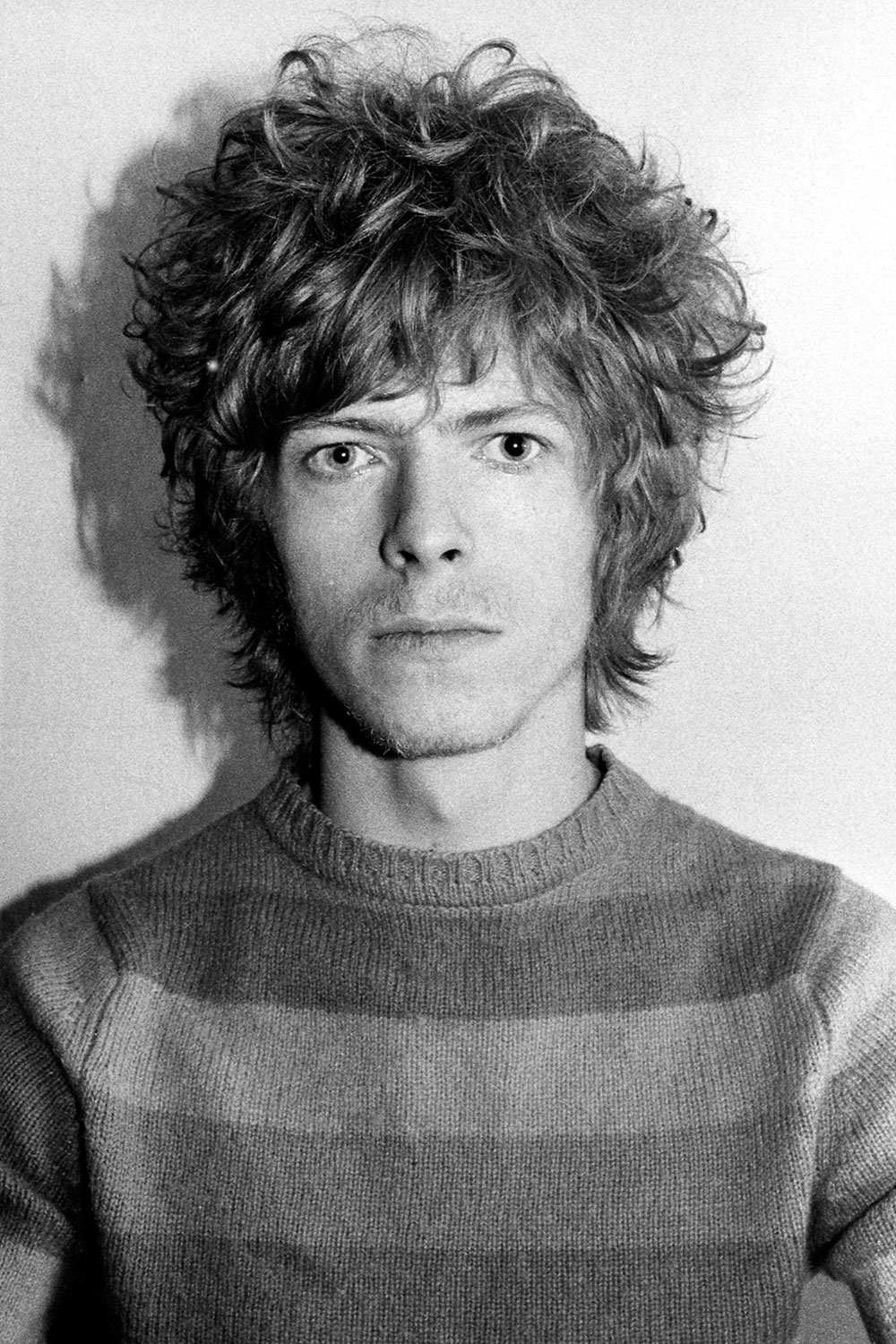
When David was six, his father moved the family to the London suburb of Bromley. Here, he spent an unremarkable childhood, save for the playground scuffle at 14 with a friend over a girl, which left him with a permanently dilated pupil and his trademark mismatched eyes. David left Bromley Technical High School (now called Ravens Wood School) a year later, determined to made his name as a musician.
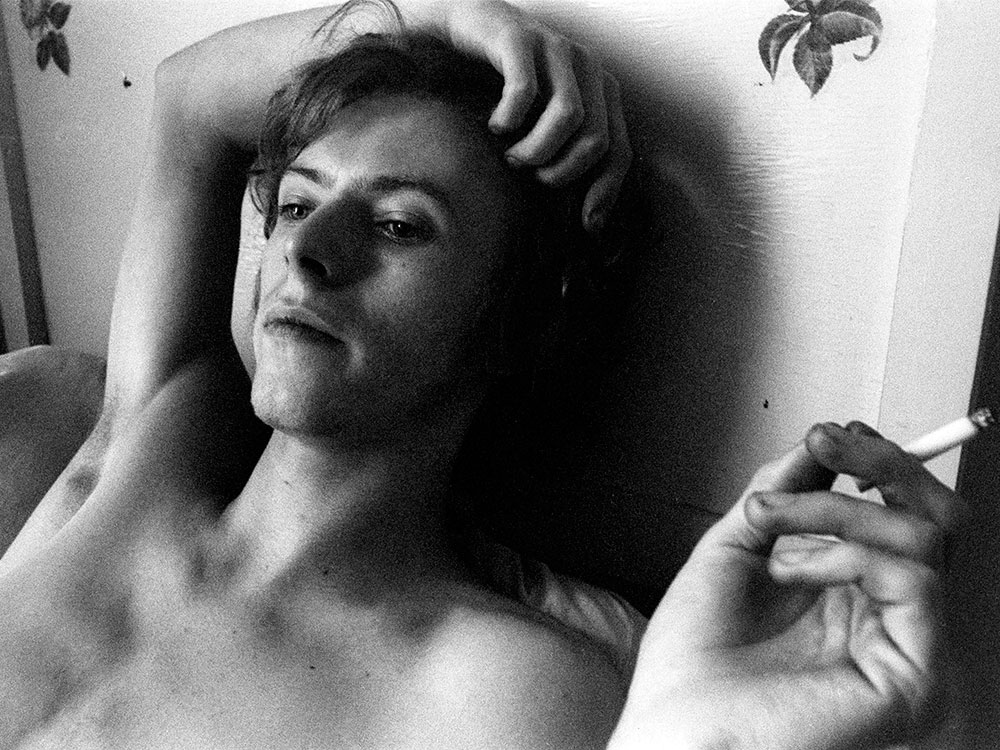
Releasing his first single aged 17 with a group called The King Bees, it was not until 1969 that Bowie the star started to emerge. In the same year that he had his first commercial success with Space Oddity, he also met American-born model Angie Barnett, who he subsequently married in March 1970. From the outset, the pair were sexually experimental, agreeing to an open relationship and finding lovers of both sexes. As one visitor to the couple’s home recalled, ‘There was so much sex going on… I thought having been on the road in American, I knew what the rock’n’roll life was. I didn’t have a clue until I went to England.’
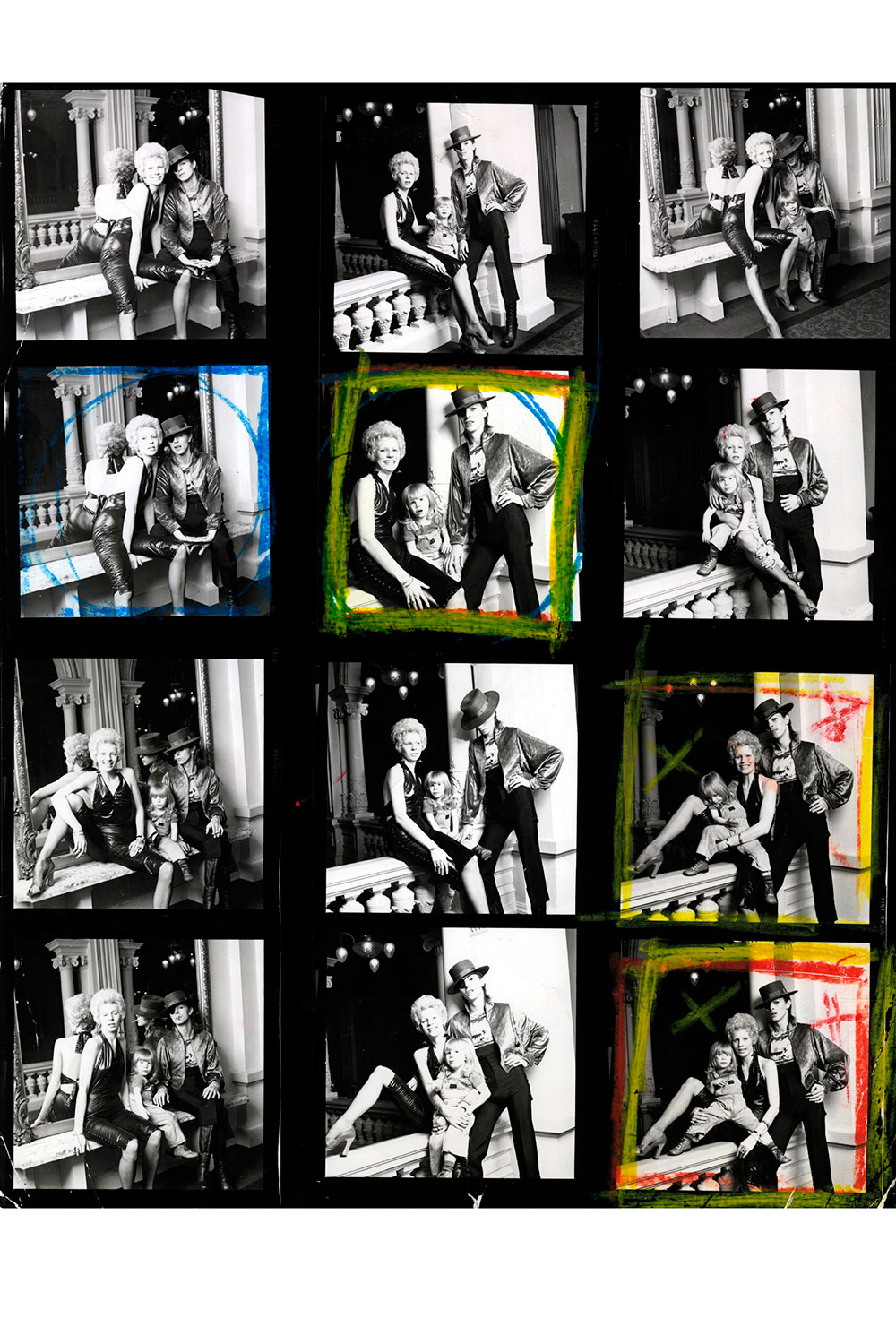
Bowie biographer Paul Trynka – author of Starman: David Bowie (£10.99, Sphere) – tells Marie Claire that he believes the couple’s sexual experiments doomed the relationship to failure as soon as it began. ‘he would be off with some starlet and she would get very jealous,’ says Trynka. ‘Angie’s behaviour would then become more extreme and challenging, and so he would seek refuge with other partners. And so it went on.’
Marie Claire Newsletter
Celebrity news, beauty, fashion advice, and fascinating features, delivered straight to your inbox!
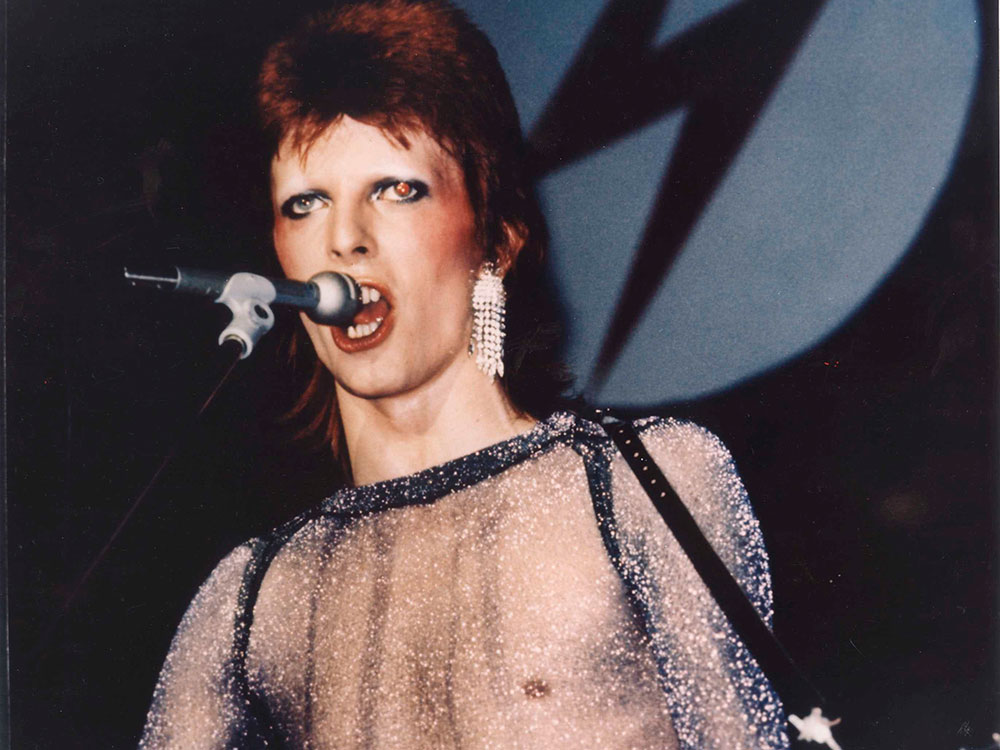
Trynka also claims, however, that there was business savvy behind Bowie’s openness about his bisexuality. ‘The bisexuality was genuine enough,’ he says, ‘but let’s not forget that Bowie had a precocious understanding of the 60s music business, in which many of the powerful players were gay men. He loved their extravagance and intelligence, but he was also aware of the fact that it didn’t hurt if they thought he was available.’
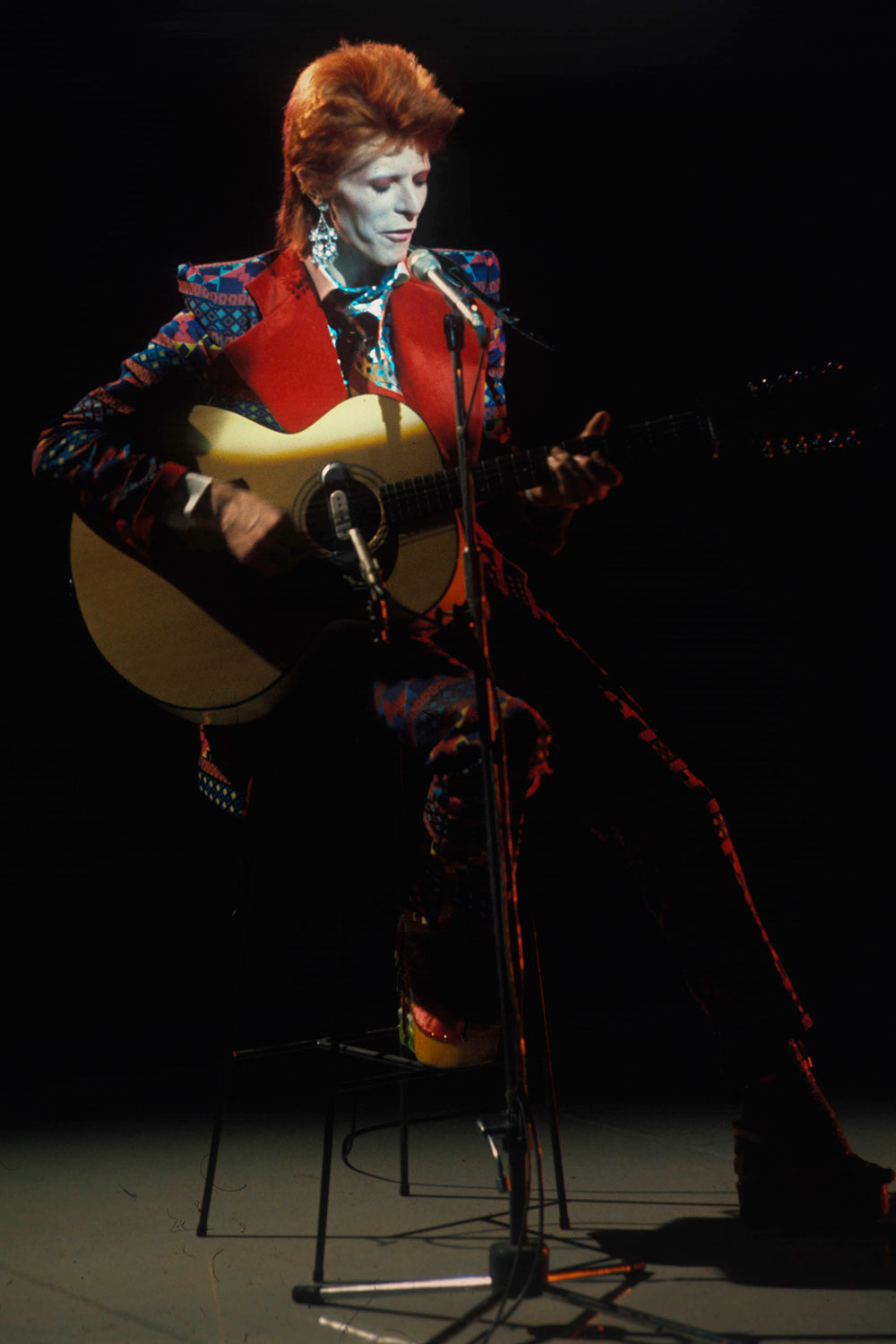
Then, in 1972, Bowie emerged as Ziggy Stardust, a character biographer Peter Doggett has described as ‘the perfect rock’n’roll star…male and female, king and queen, alien and human, transcendental and sublime.’
To the outside world, Bowie was now the confirmed king of pop and yet, as the singer later admitted, the characters he created were a way to keep his demons at bay: ‘I had enormous self-image problems and very low self-esteem… I was driven to get through life very quickly…I really felt so utterly inadequate. I thought the work was the only thing of value.’
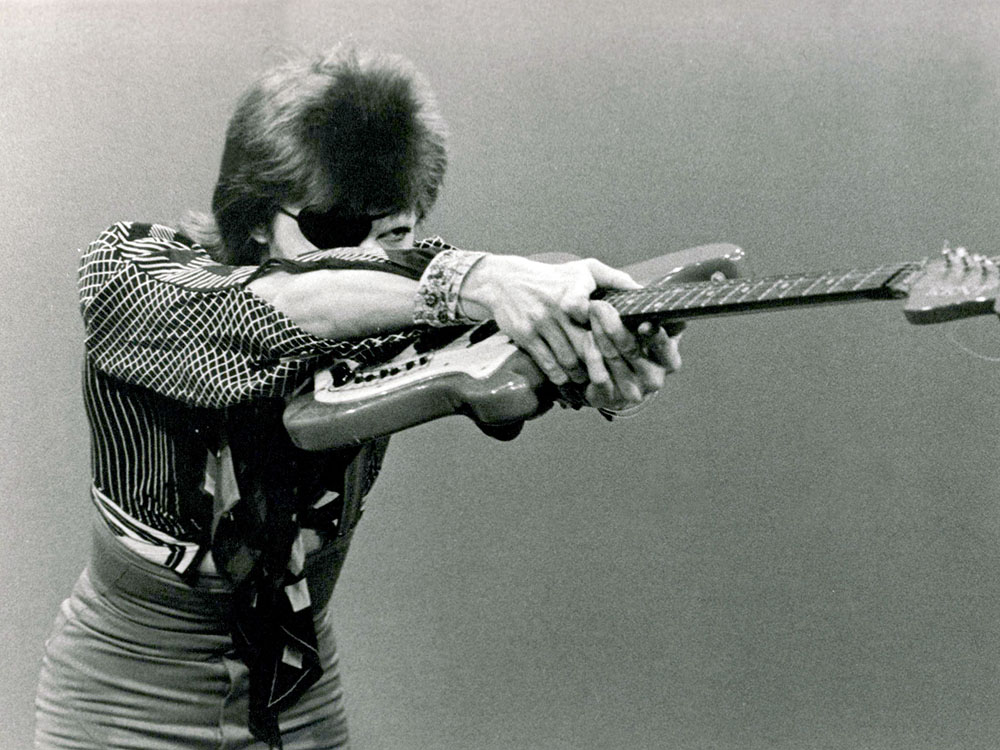
In 1971, Angie and David had a soon, Duncan Zowie Haywood Jones, known as Zowie Bowie – now a film director working as plain old Duncan Jones – and by the mid-70s Bowie had discovered cocaine in a big way. Te fact that in late 1975, a heavily addicted and painfully thin Bowie was living on a diet of peppers, milk and cocaine has passed into rock legend.
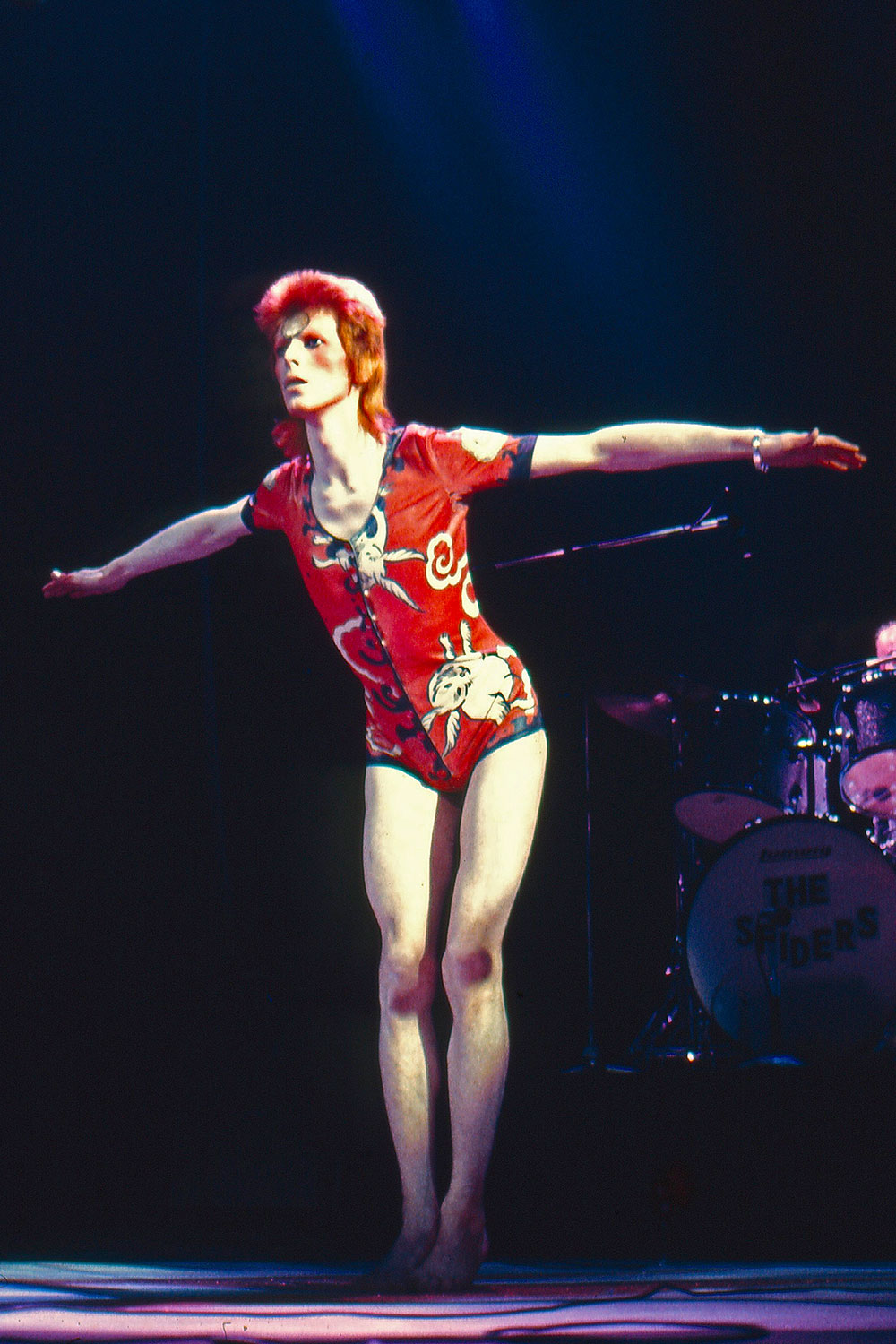
In a rare interview with Marie Claire, Tony Visconti – Bowie’s producer, long-term collaborator and the man credited with producing the singer’s best work – talked about his memories of that period. ‘There was only one time I worried for his health. During the making of Young Americans in Philadelphia, he was doing lots of coke, but at “maintenance” level, so that he could stay up for hours. We did manage to get some sleep in spite of it. But when operations moved to New York, David spent seven days awake. He didn’t look too good. I had a long talk with him…encouraged him to get some sleep. He slept for 72 hours and looked a hell of a lot better when he emerged.’
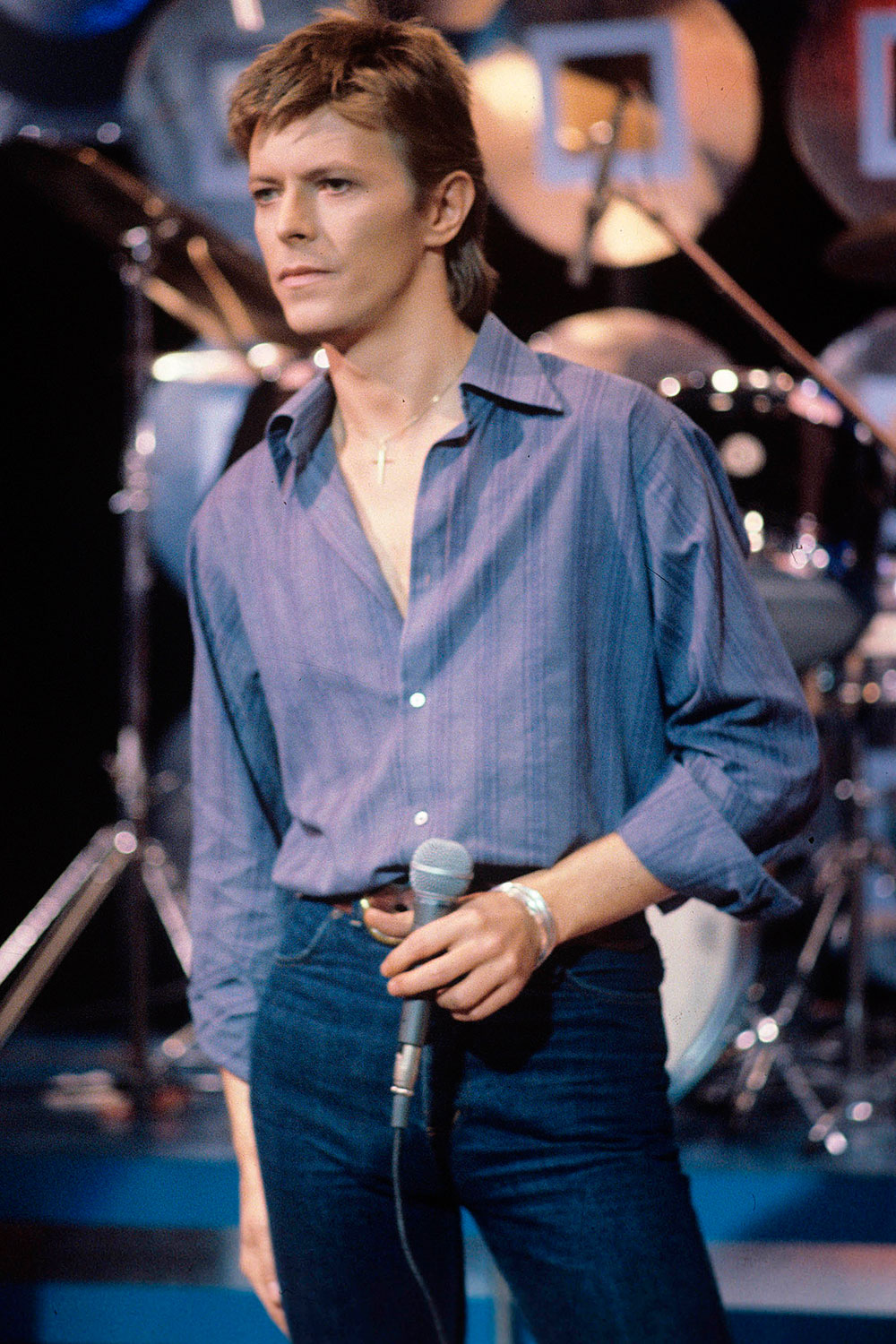
But just at the point where other stars would have lost it completely, Bowie seemed to shrug off his cocaine persona just as he had shrugged off its predecessors. He told a friend, ‘I’ve got over all my cocaine stuff now. I took that image off. I put it in a wardrobe in a LA hotel room and locked the door.’ He moved to Berlin, where he produced a trio of albums – Low, Heroes and Lodger – which proved to the world that his powers were undiminished.
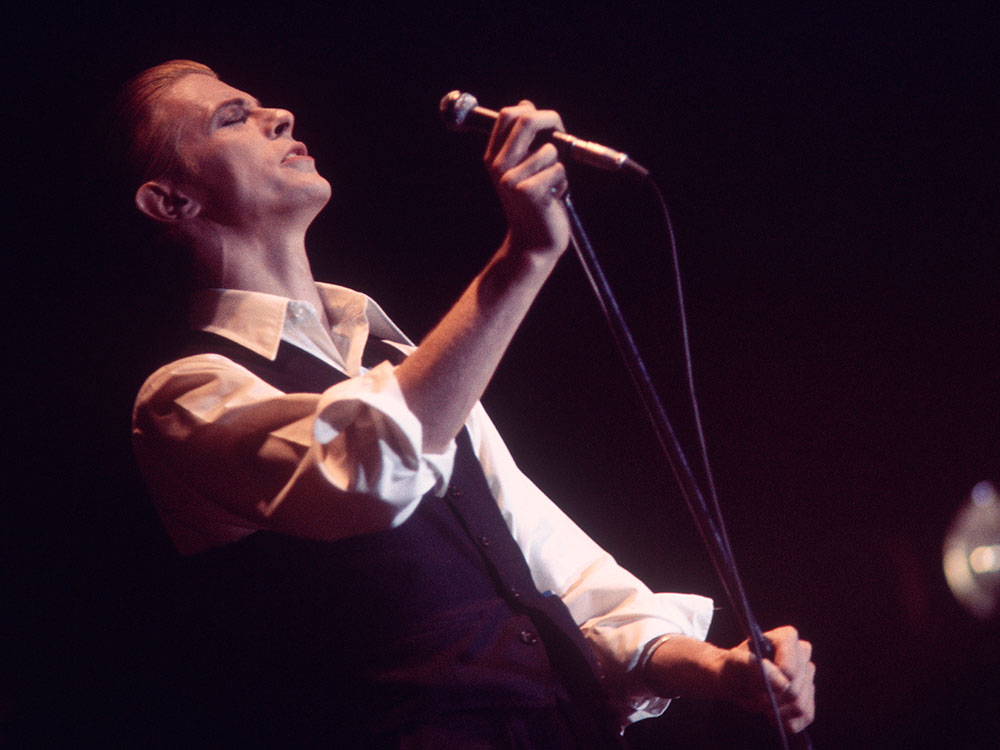
During his 80s, Bowie’s life became less hedonistic and more lucrative. After divorcing Angie in 1980, he released the chart-topping album Let’s Dance in 1983, which – with the accompanying Serious Moonlight tour – made him around £8million. But the decade also produced a personal tragedy for Bowie when, in January 1985, his beloved brother Terry (who had been battling manic depression and schizophrenia) climbed the wall of his psychiatric hospital and lay down in front of a London express train. At Terry’s funeral, Bowie’s card read: ‘You’ve seen more things than we could imagine but all these moments will be lost, like tears washed away by the rain. God bless you – David.’
The episode prompted Bowie to withdraw from the spotlight during the 90s. It coincided with a new stage in his personal life when he fell in love with his second wife, the glamourous supermodel Iman, who he met on a blind date set up by a friend in 1990. Reportedly, the British rock star fell head-over-heels in love with the Somali-born model the second he laid eyes on her, and they were married two years later.
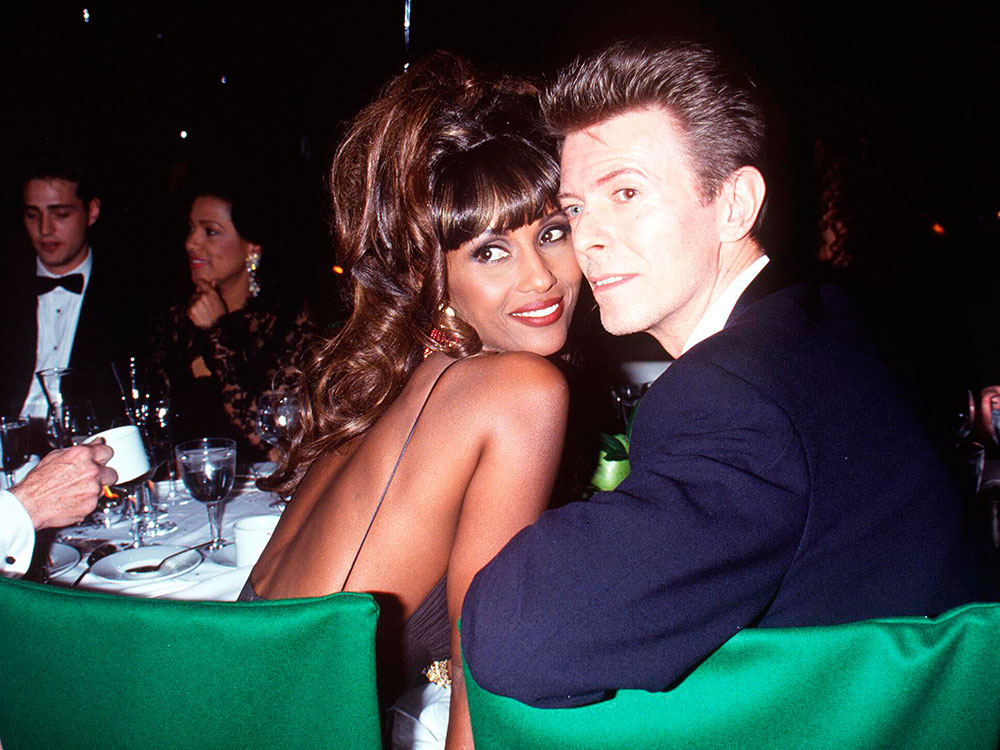
In 2000, Iman gave birth to their daughter Alexandria, affectionately known as Lexi, and his marriage to Iman in regularly held up as one of the few successful lasting celebrity partnerships. The pair celebrated their 20th anniversary in 2012 with Iman referencing a line from one of David’s tunes The Wedding Song on Twitter with the post: ‘Today is our 20yrs wedding anniversary “I believe in magic Angel for life” #inloveforever.’
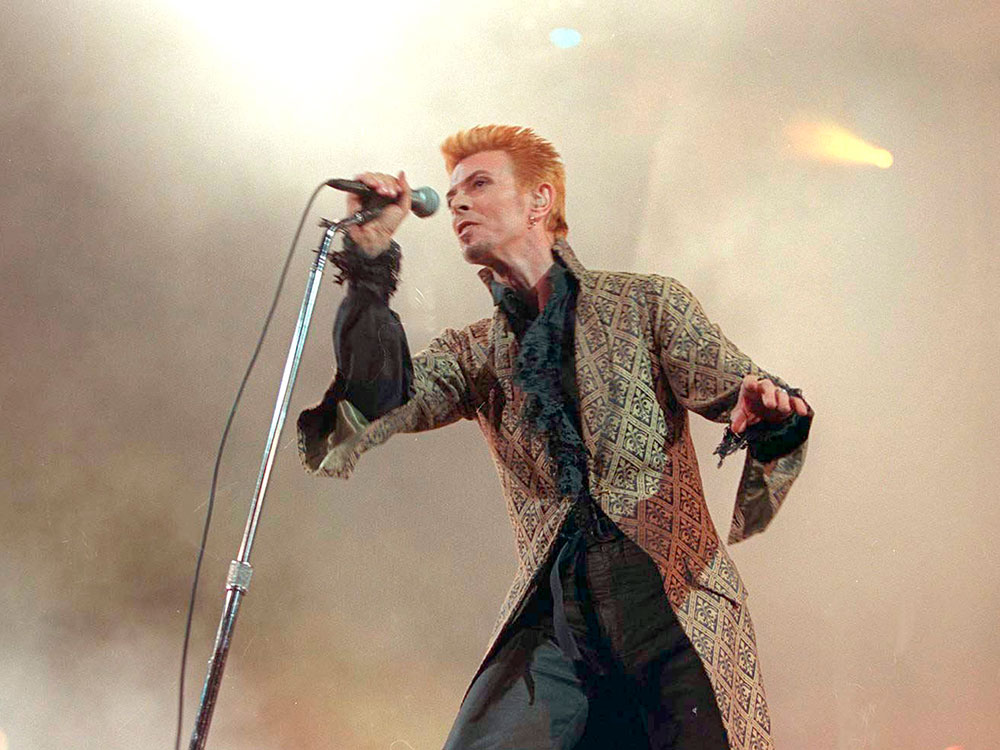
Bowie returned to music in 2002 to promote his album Heathen and follow-up album Reality in 2003. But suffering heart problems a year later, he again retreated from the limelight, prompting fans to assume he had retired. However, in January he released a new single, Where Are We Now?, believed to be a reference to his days in Berlin, which is part of his album The Next Day, which was released in 2013.
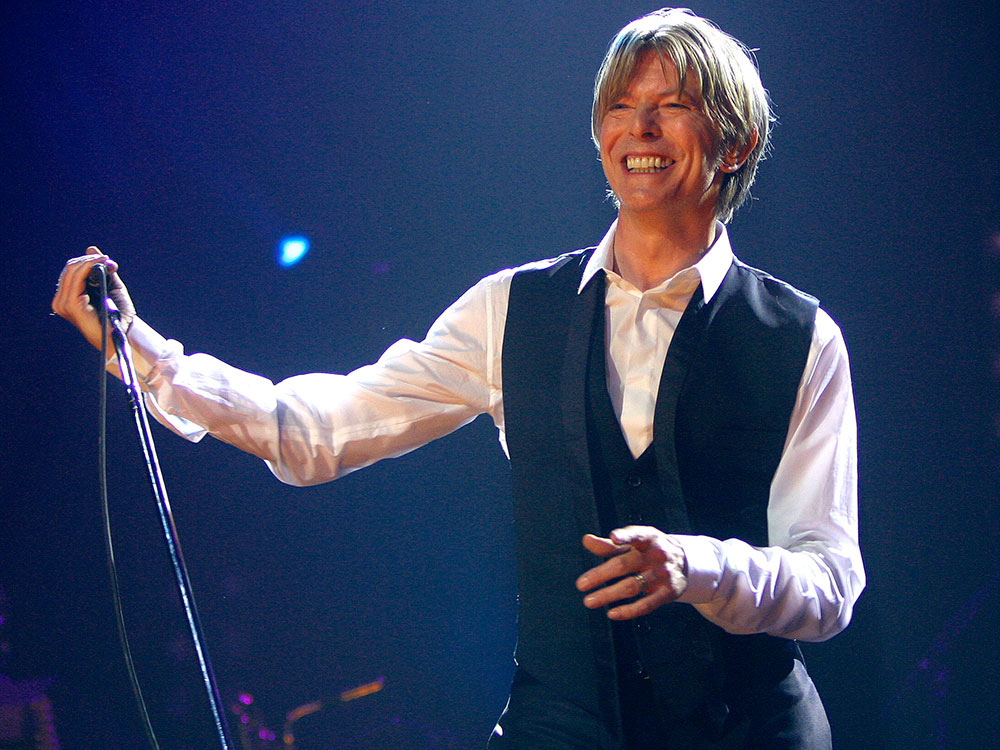
The news of the Bowie's death on Monday 11th January 2016 shocked the world. In a fitting tribute, Tony Visconti posted this to his Facebook page: 'He always did what he wanted to do. And he wanted to do it his way and he wanted to do it the best way. His death was no different from his life - a work of art. He made Blackstar for us, his parting gift. I knew for a year this was the way it would be. I wasn't, however, prepared for it. He was an extraordinary man, full of love and life. He will always be with us. For now, it is appropriate to cry'.
The leading destination for fashion, beauty, shopping and finger-on-the-pulse views on the latest issues. Marie Claire's travel content helps you delight in discovering new destinations around the globe, offering a unique – and sometimes unchartered – travel experience. From new hotel openings to the destinations tipped to take over our travel calendars, this iconic name has it covered.
-
 Prince Harry's "proud" words about wife Meghan Markle are going viral
Prince Harry's "proud" words about wife Meghan Markle are going viralBy Jenny Proudfoot
-
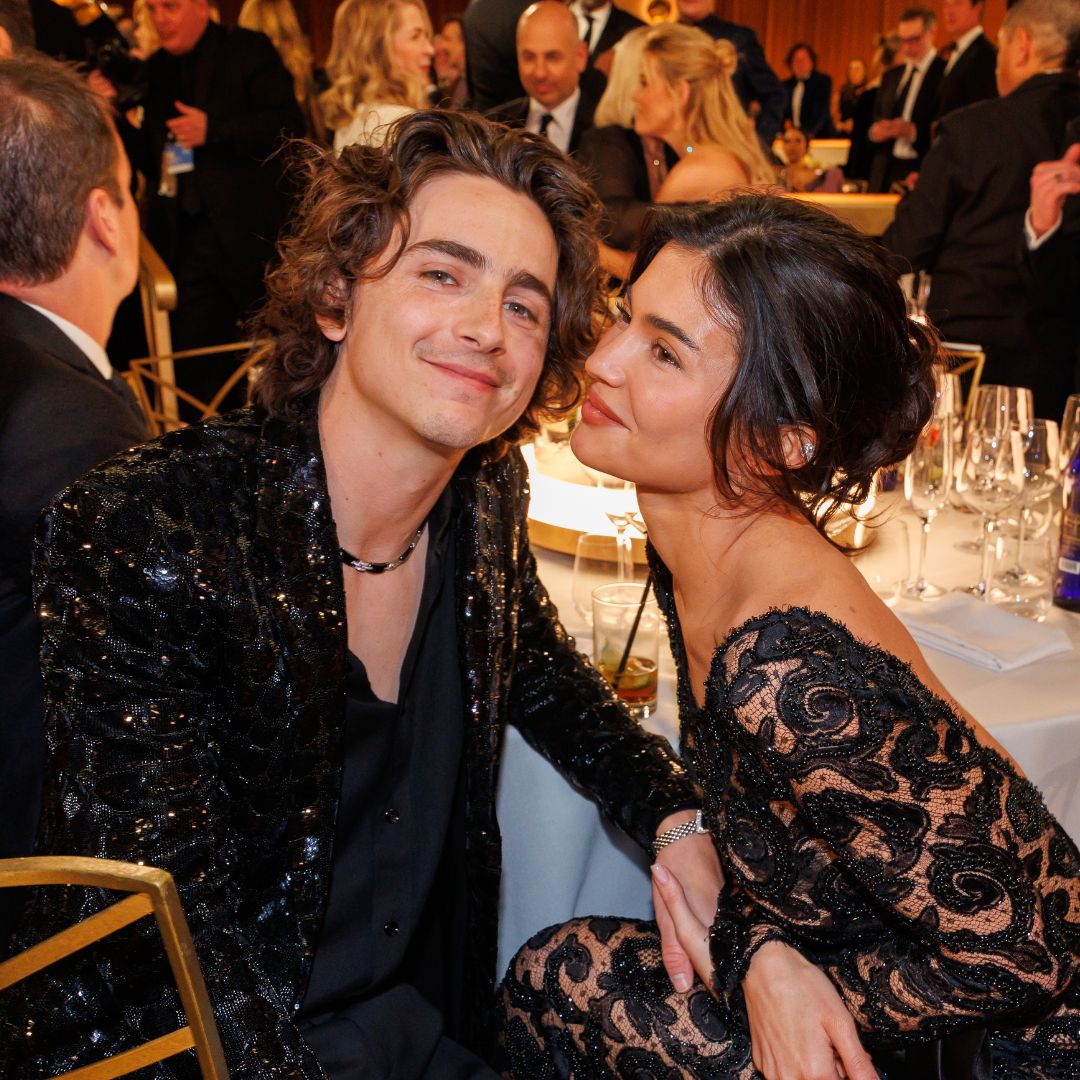 Sources have opened up about Timothée Chalamet and Kylie Jenner's "intense" start to the year
Sources have opened up about Timothée Chalamet and Kylie Jenner's "intense" start to the yearBy Jenny Proudfoot
-
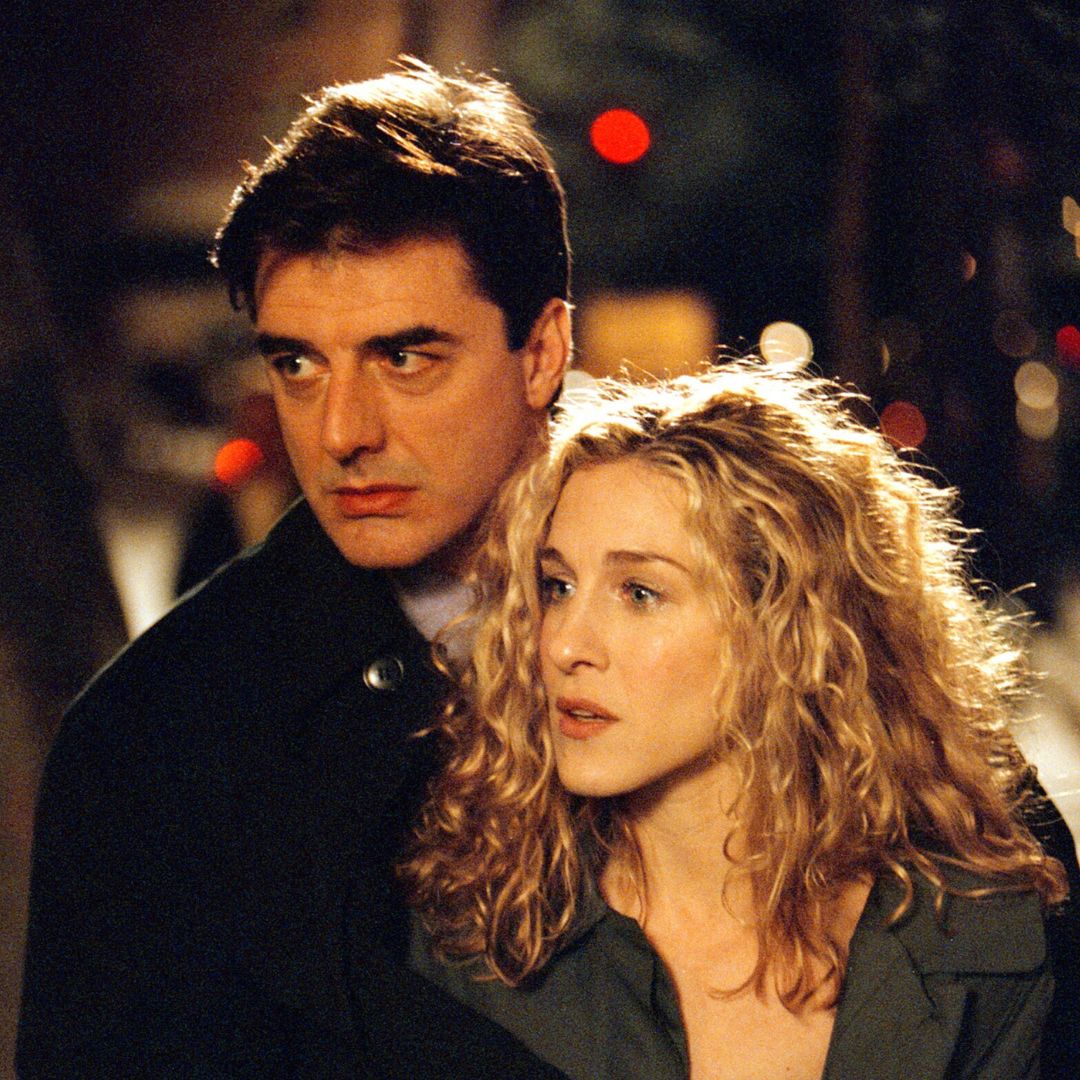 Two Hollywood actresses were offered the role of Carrie Bradshaw before Sarah Jessica Parker
Two Hollywood actresses were offered the role of Carrie Bradshaw before Sarah Jessica ParkerBy Jenny Proudfoot